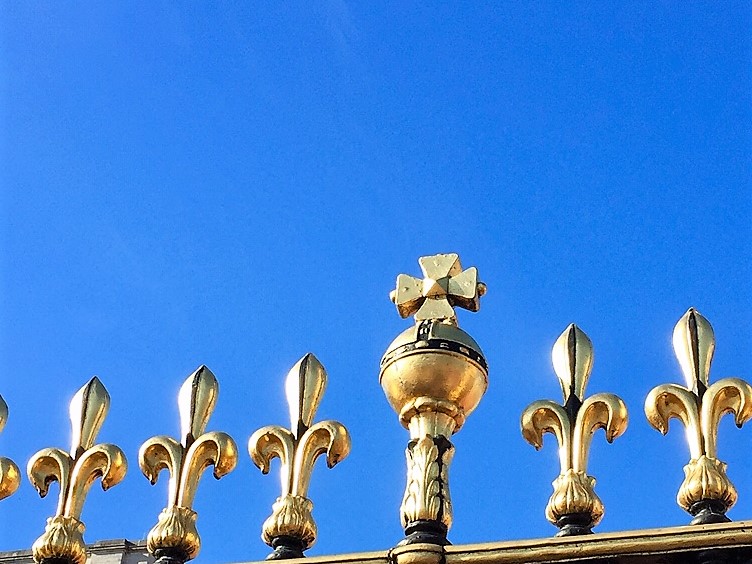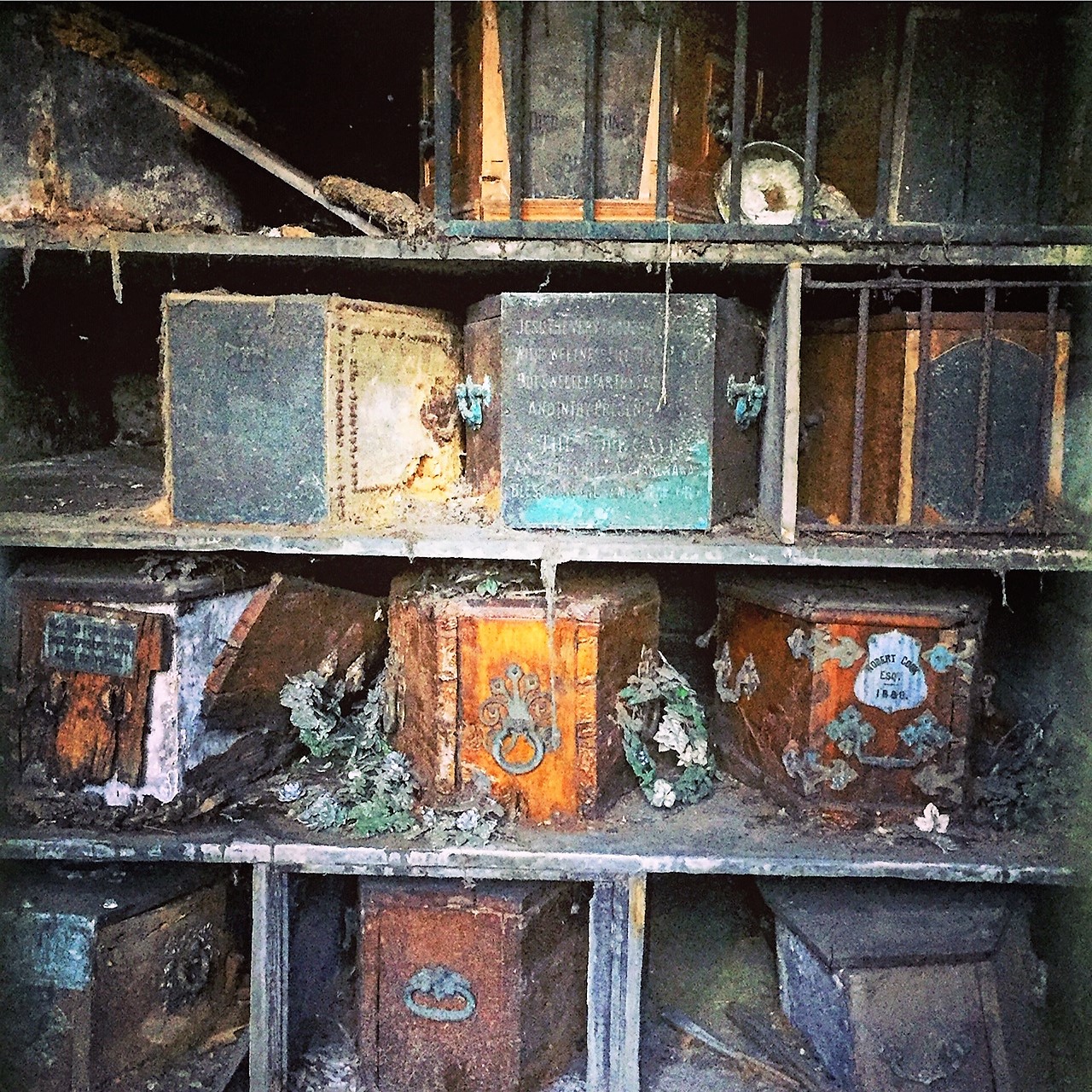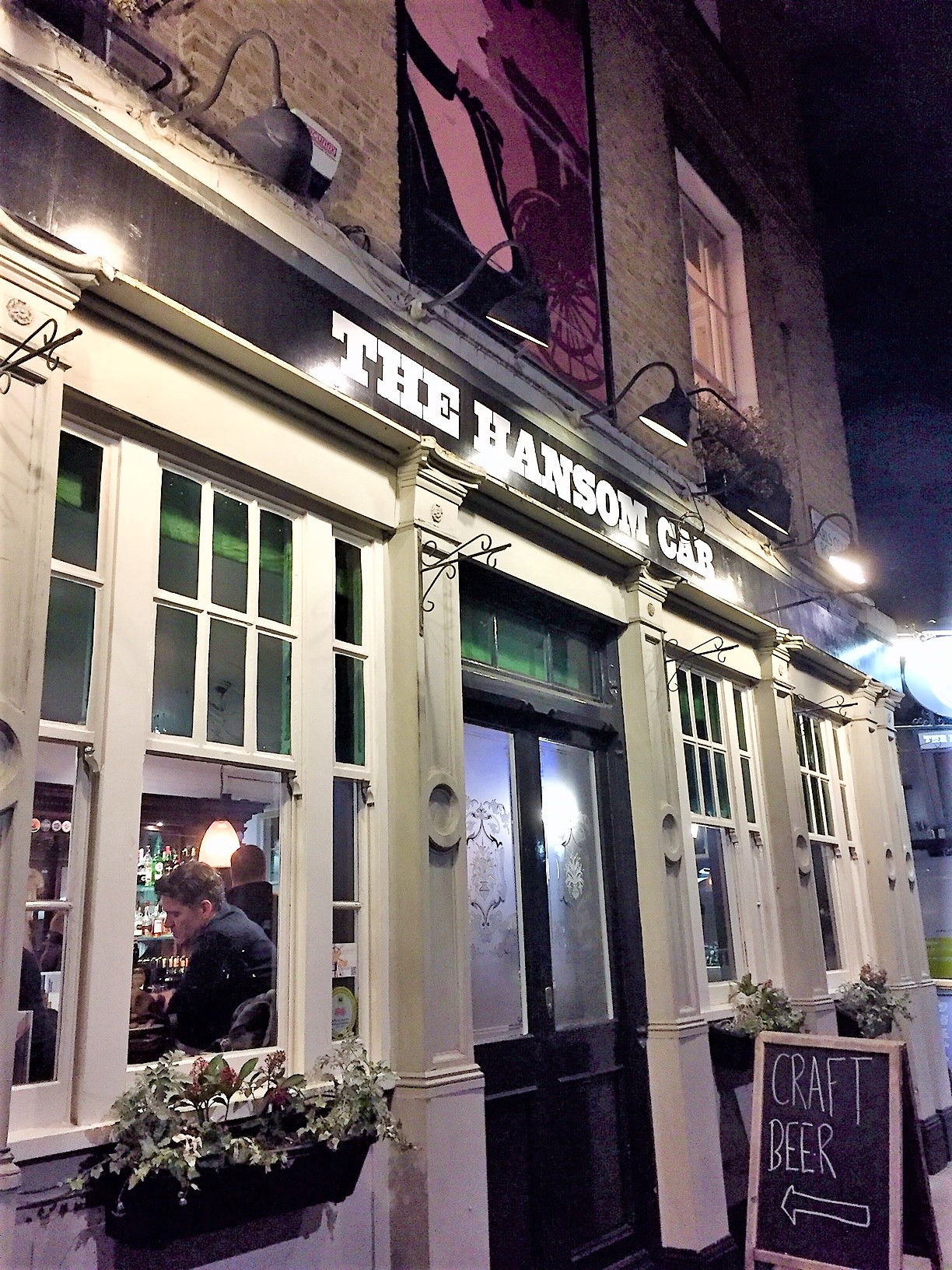Changes with the Book Room podcast
I’ve been just too busy with full-time work to keep up a schedule of long form interviews on the podcast I started years ago, but I continue to love creating and sharing audio. So, I’ve decided to change the Book Room from long form to short form. More casual, more on the fly, and filled with some of the random sounds I record as I wander around doing my various jobs. It turns out when I travel I record sound almost as much as I take photographs. I love how sound brings me right back to a remembered place. It does more for me than the visual reminder. It’s deeper, fuller somehow.
I hope you enjoy the new Book Room as I roll it out over the next while. You can check it out on SoundCloud, subscribe to it on iTunes, or just visit this blog to sample episodes on your own schedule. Here’s me explaining all this, and playing a delightful random sound for you from my favourite city in the world.
Going Home Again
less talking; more writing; more London
The last few years have been… complicated.
My family came through one extreme health crisis (all is well now), a number of maybe not so extreme but still challenging situations, and the ongoing march of time that brings the youngest generation to exciting new milestones and we older ones — we happy few — to persistent questions that demand answers. It hasn’t been all bad by any stretch, but I’ve had smoother patches of life both personally and professionally.
Through it all, I managed to keep my head down and continue to work. I travelled a great deal for both business and pleasure, and even touched down more than once in my long lost London, city of my young adulthood. I lived in London in 1987 as a student working abroad. It was an experience that shaped me and never left me, and even though I fully intended to live there again after graduation, life took over and thirty years slipped by.
St. Paul’s Cathedral dome from Fleet Street, London. Image courtesy me and my little camera.
I worried about a return to London. There was a period in my late-thirties, early-forties when I was tormented by a recurring dream of London. I would wake with the smell and taste of that city all around me, and the disappointment at finding myself not there was crushing.
When the opportunity was finally presented for a return, I almost didn’t get on the plane. It all seemed too emotionally risky. To walk those old streets I know so well but had not seen in three decades — it could have been heartbreaking. Places change, and the people we were are not the same people we are. I did board the plane. And I did wake the next morning to a brilliant dawn above the Irish Sea as we began our descent into Gatwick.
The Thames, the Shard, and the Tower Bridge, from the Millennium Bridge, London. Image courtesy me and my little camera.
London had changed, of course, and yet it was exactly the same. There are many new structures on the skyline since 1987, and no-one actually uses the lumpy red phone booths anymore. But the energy is the same, and what I get out of it certainly translates well from my twenties to my fifties.
I left London a university student with a vague notion of being a writer someday. And while I’ve worked in and around writing and publishing ever since then, I know that what I do for a living today is something I could not possibly have predicted back in 1987. I simply didn’t know such a career existed, and if I’d learned about it at the time I wouldn’t have wanted it.
To step out of the tube, back onto London’s packed sidewalks, not as a tourist but as Chair of the International Authors Forum on my way to run a meeting a few blocks from St. Paul’s? Unreal. To be so busy crisscrossing the city from meeting to meeting to book fair that I barely had time to pause and look with wonder at it all? A surprisingly comforting feeling. London had been home, and a place where I was busy. I’m gratified it did not return to me as a vacation spot. It’s still a place where I’m busy. I need that.
Central staircase in Dr. Samuel Johnson’s townhouse, City of London. Image courtesy me and my little camera.
I made time for my twenty-one year old self – stopping in at a favourite pub that miraculously still exists (The Hansom Cab in Earl’s Court), strolling the old Brompton Cemetery, checking in at Stamford Bridge, and even stopping between meetings to pass a quiet hour in Dr. Johnson’s House. I have many friends and colleagues in London, and while I no longer live there, I still do.
2018 saw me there twice on business. That made 2018 a very good year, rounding out what was probably one of the most difficult half-decades of my life. I don’t really believe in New Year resolutions, but I know what I must do. I will keep writing, as I have for the past thirty years. I will keep working for authors (same). And, maybe, I will stop off in London for a pint after a meeting.
(Above — the fence outside Buckingham Palace; the crypt in Brompton Cemetery; the Hansom Cab in Earl’s Court; a sticker on the Thames embankment near The Globe theatre. All images courtesy me and my little camera.)
Book Room #22: Merilyn Simonds
Today in the Book Room, I talk with prolific author and paradigm straddler, Merilyn Simonds, who has written a meditation on the evolution of print and book-making that speaks directly to the very nerdiest core of my own bookish fascination.
Gutenberg’s Fingerprint, a 2017 publication from Canada’s ECW Press, dives deep into the technical minutia of moveable type and single-sheet printing presses, the physical nature of that work, it’s superiority In many ways to the various digital processes that have for the largely replaced it.
Gutenberg’s Fingerprint is a meditation on where we come from, bookwise, where we are and where we might be going.







